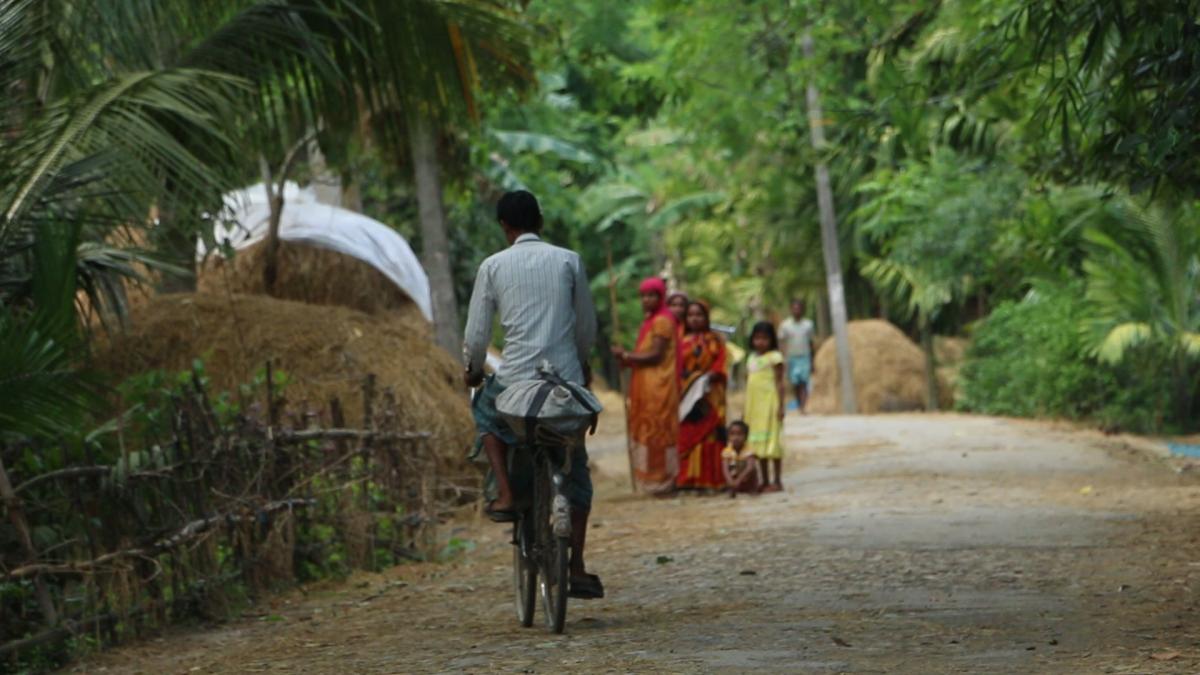There is fear in the air in Banderdewa at the Assam-Arunachal Border. The bogeyman of the “outsider” created in the aftermath of the saffron twist given to the NRC process, ever since the final draft was made public on July 30, 2018, has attained a darker and more disturbing hue. After the use of abusive terms like ‘ghuspetiya’ (intruders) by the BJP President, Amit Shah, some self appointed guardians of the idea of India, including members of a few students’ organizations, have started demanding proof of NRC inclusion of any poor labourer passing through Meghalaya, Nagaland and even some other states.

Thousands of Assamese people were detained by the Khasi Student’s Union (KSU) of Meghalaya when they were moving from Barak Valley to the Brahmaputra Valley vice versa. Approximately 95% people of both the valleys of Assam have to use this road that passes through Meghalaya as they have no other safe or secure roadway connectivity through Assam. This daily geographical compulsion of thousands of Assamese people is now compounded with intense harassment that began on August 1, barely two days after the declaration of the draft final NRC.
Throughout this tortuous harassment, the BJP led governments of Assam, Meghalaya (in Mehghalaya, the BJP is in alliance) have remained silent spectators. It was various citizens’ organisations, especially from the Barak Valley, who intervened, taking the initiative to convince the KSU and the Meghalaya governments that such actions should be stopped as the final NRC is yet to be published. Though the situation in Meghalaya and Nagaland was controlled through these interventions and unofficial deliberations, in Arunachal Pradesh, the situation is very grave.
Unmindful of the ground reality, the All Arunachal Pradesh Student’s Union has started a ‘clean-up drive’ for Arunachal Pradesh, ousting all those persons whose names are excluded in the updated draft NRC. This move of the All Arunachal Pradesh Students’ Union (AAPSU) targets the workers and agrarian class, who have a long history of working in the state. Now, riding on the back of the ‘NRC hysteria’ legitimised by supremacists in power, this Student’s Organization has alleged that all those dropped from the draft NRC are ‘illegal foreigners’ who have settled in the Arunachal Pradesh. Taking law into their own hands, this students’ organization has started a self styled clean-up drive against such “illegal Intruders” as they have failed to show their NRC documents and Inner Line Permit (ILP).
Arunachal Pradesh, has large tracts of vacant land with a workforce that has the lowest numbers. The state is dependent upon a single season of paddy cultivation during the summer. Due to a huge scarcity of labour in the agricultural sector, the land lords of the state generally import, on a contract basis, agricultural labourer from Assam, especially those belonging to the poorer, minority Muslim community from lower and middle Assam. The unwritten agreement between the land lords of Arunachal Pradesh and this labouring class from Assam is that, the labourer will go to Arunachal Pradesh by May, till the land and prepare it for sowing paddy in June-July. After that they will stay at the paddy fields till harvest time in October-November, each year. Each worker gets all food and accommodation from the land lords from May until December and half of the crops are cultivated. Until harvesting, the labourer gets only food and accommodation.
Arunachal Pradesh is a protected state, where no one can enter from other States without Inner Line Permit (ILP). However, these large numbers of the labouring force need no ILP as the land lords involved in their ‘import’ are those who are connected through power and bureaucracy, to the politics of Arunachal Pradesh. On rare occasion, if some labourer does get an ILP it is deposited with the land lord or the agents involved in contracting the work. In this exploitative situation, asking such an impoverished and marginalised workforce for either an ILP or NRC documents is a cruel joke.
However, shockingly thousands of such impoverished labour have been detained by AAPSU since August 17, they have suffered physical and mental assault before being transported to the Assam-Arunachal Border areas. According to the AAPSU president Hawa Banga, “Though AAPSU appealed to all illegal intruders in Arunachal Pradesh to leave the state, there was no response. So, we started a ‘clean up drive’ from August 17. Until August 19, we have ourselves detained 2,205 ‘illegal intruders’ and pushed them back out of the State.” He also said that AAPSU and Arunachal Pradesh Administration had a meeting on August 19 in Naharlagun. In the meeting it is decided that Arunachal Pradesh Police will start a special drive against the illegal Intruders from August 26. Meanwhile, thousands of agricultural and construction workers are in a state of panic, and in a hurry to leave the state to save themselves from the this level of harassment. They are likely to be deprived of all promised livelihood, too.
This has been an unfortunate and pathetic human fall out of the hysteria around the NRC. The process of updating the NRC in Assam has been on, with a mandate to publish a list of Indian Citizens, who while living in Assam, possess all viable documents, from any part of India, prior to March 24, 1971. Though the competent Authority related to finalisation of NRC like the Directorate, RGI, Union Home Ministry and even the Supreme Court of India have been repeatedly giving reassurances saying that those left out of the draft NRC published on July 30, 2018 will not be harassed or intimidated in any way (as they may not be foreigners as defined under the Constitution of India), vested political interests especially the ruling party of India and the states in the north east under saffron sway, are jumping on the hysteria of the “illegal intruder” discourse.
It looks like as if this will be the polarising tool that will be used by the saffron combine at the cost of poor, hard-working lives.